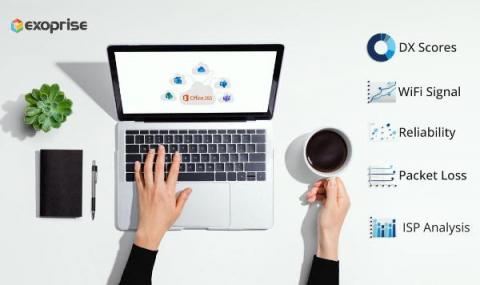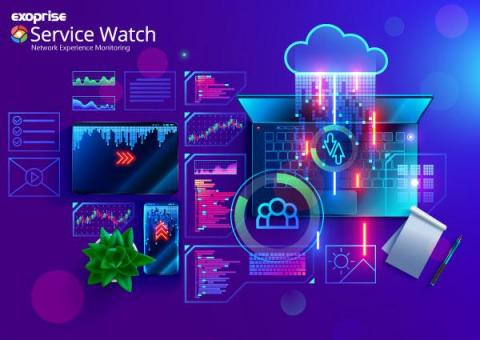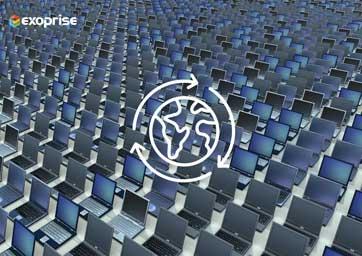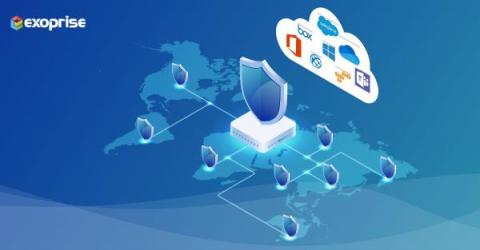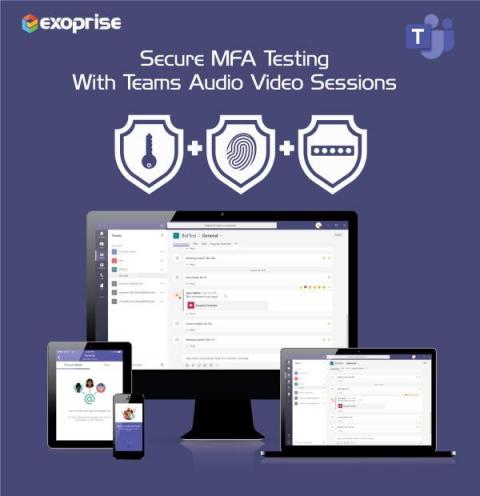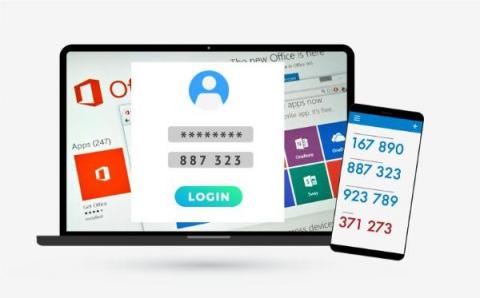What is Remote Work?
Remote work has seen a resurgence due to the pandemic, and hybrid work is here to stay. It’s excellent news for knowledge workers, but what does it mean for support teams? Employees working from their home, vacation property, or a coffee shop create a different environment for technology teams, who need to support and ensure the applications and infrastructure are working well end-to-end.


